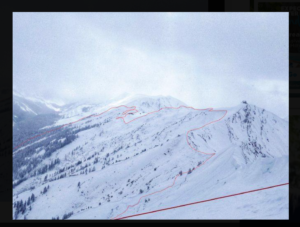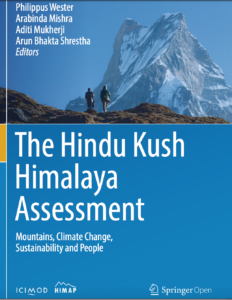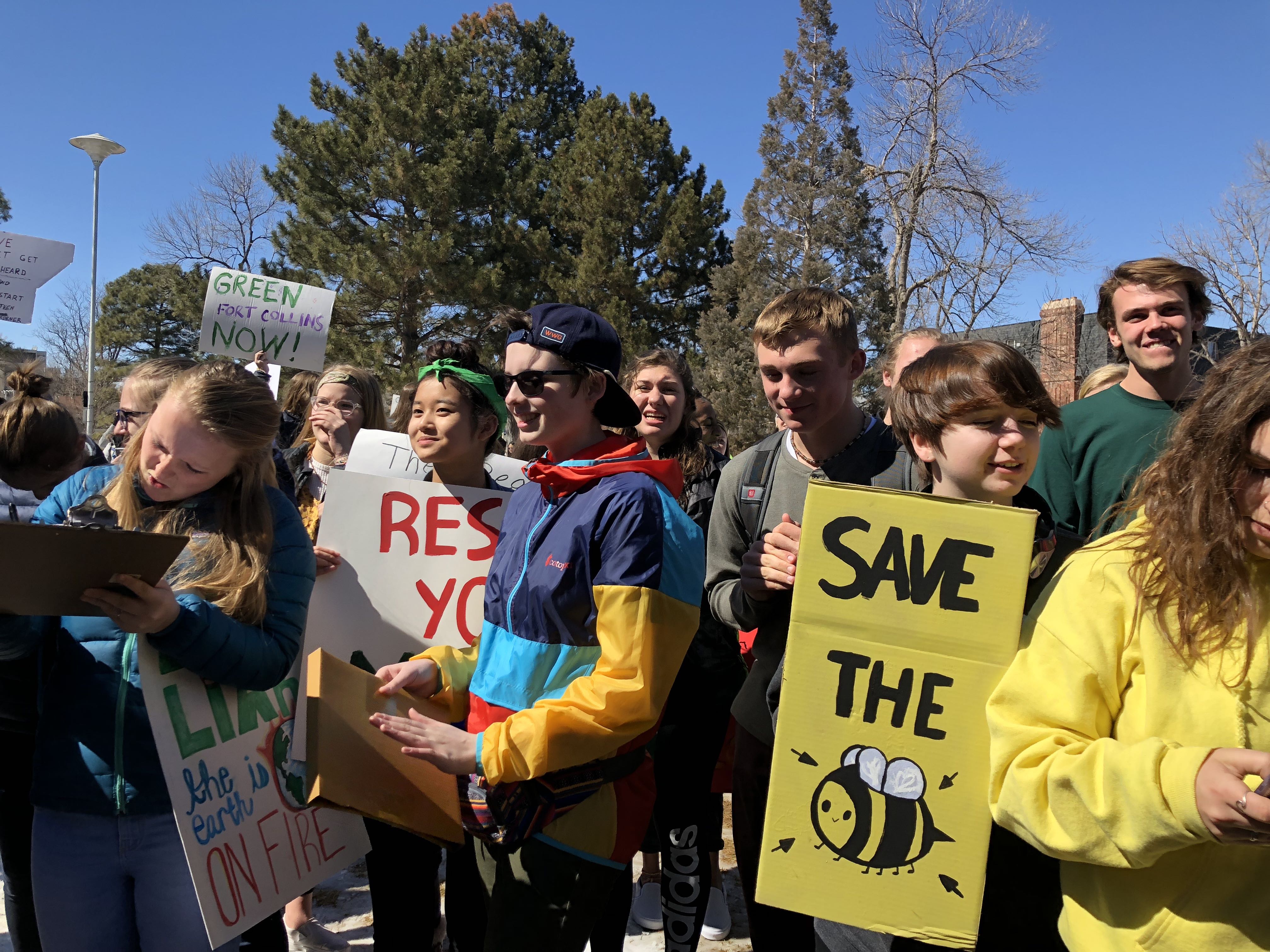We recently experienced the spring equinox in the northern hemisphere. Yet, here in Colorado, the mountains are still blanketed in deep, life-sustaining snow. We also recently witnessed what has been called an “historic-sized avalanche” and a “landscape-changing event” in the Colorado Rockies, with an avalanche occurring just outside of Aspen that was over a mile wide and ran more than 3,000 vertical feet downhill, according to the Colorado Avalanche Information Center (CAIC). In another part of the state, the traffic along the very busy I-70 corridor – the interstate that runs across the continental divide and links the metropolitan Denver region and the bustling Colorado Front Range with the more rural, western slope of the Colorado Rocky Mountains – came to a halt when avalanches buried the highway and several vehicles. During this time, we were reminded of the power of nature and our inability to control it. Dr. Ethan Greene, Director of the CAIC will be talking about science, society and snow in our May Virtual Coffee, so please join us for that event – it will be a great opportunity to learn more about the work of CAIC, connecting science with society, and communicating to the public about the science of snow and avalanches.

Photograph from the CAIC that shows the red outline of the mile-wide avalanche that slid into Conundrum Valley. Reported by the Aspen Times.
This active avalanche season in the Western US coincides with a publication by the Mountain Sentinels network of a paper focused on disaster risk reduction in mountains. The paper, entitled “An Integrated Community and Ecosystem-Based Approach to Disaster Risk Reduction in Mountain Systems” appears in the April issue of the journal of Environmental Science & Policy. The paper represents the coming together of mountain practitioners and researchers to explore the importance of disasters in mountains, to use the concepts of mountain paradoxes, and to learn from the first-hand experiences of those in Nepal during and after the 2015 Earthquakes. It is based on our findings that we propose four principles for integrated community-based and ecosystem disaster risk reduction in mountains: (1) governance and institutional arrangements that fit local needs; (2) empowerment and capacity-building to strengthen community resilience; (3) discovery and sharing of constructive practices that combine local and scientific knowledge; and (4) approaches focused on well-being and equity. We provide examples of these principles from mountains worldwide and argue that this approach can help achieve disaster risk reduction and also contribute to climate adaptation, sustainable development, and biodiversity conservation. You can read this paper here.
Mountain disasters are one of many topics covered in the comprehensive report recently released by our partners, ICIMOD. The report is entitled “The Hindu Kush Himalaya Assessment: Mountains, Climate Change, Sustainability and People”. As covered in the New York Times, the report explains that climate change “will melt at least one-third of the region’s glaciers by the end of the century even if the world’s most ambitious climate change targets are met.” Thank you to our colleagues at ICIMOD for bringing this critical issue and region to the world’s attention.
Scientific assessments, such as the ICIMOD assessment, are intended to link science with policy. The Mountain Research Initiative, under the lead of Catherine Tucker, is conducting a survey on governance in mountains worldwide. The survey “seeks to increase understanding of the challenges for governance in mountain regions, as well as efforts and projects that appear to be improving governance in ways that address major problems or foster sustainability.” The Mountain Sentinels’ global syntheses point toward governance in mountains as a critical issue. Please help us deepen our understanding of this issue by taking the survey here.
The world’s youth are not willing to stand by and let climate change proceed unchecked. Perhaps the most positive news in recent weeks is the Youth Climate Strike, which took place worldwide on March 15 and was inspired by the actions of a single person, a youth from Sweden, Greta Thunberg. Youth from mountains, cities and coasts around the world joined in solidarity to demand action on climate change. In the Front Range, we were able to contribute to this effort, as I was honored to speak at the Fort Collins event.

Julia Klein was an invited speaker at the Youth Climate Strike in Fort Collins, Colorado USA.
These voices have joined together just as the soils begin to thaw, the deep and active snow settles and begins to melt. At this time of the year, we think about renewal, but also brace for the upcoming wildfire season. Our next Virtual Coffee will take place on April 29, when we learn about the Peaks to People Water Fund, which is a watershed fund in the Front Range of Colorado that matches donors concerned about Colorado’s water quality with land stewards interested in implementing best practices to ensure forest health and water safety. Even if you live far from the Colorado Front Range, this watershed model could possibly transfer or be adapted to your region. You might also have another model of payments for ecosystem services or related program to share with our group. Or, even if you just want to listen, learn, ask questions, we encourage you to join the conversation on April 29. You can sign up for Virtual Coffee here. We are starting to film our Virtual Coffee sessions – check out our first video on our new YouTube channel.
As the land warms, the water flows, and life begins anew, Julia, Anne, Catherine, Robin and Cara will all head to Washington, DC where we will host Mountain Day at the American Association for Geographer’s (AAG) Annual Meeting. Mountain Day at AAG is April 5 and you can find more information about this event here. We will also host a happy hour after the event and celebrate the science, the partnerships, the friendships and – of course – the gorgeous cherry blossoms. We hope to see some of you in DC next week!

It is the height of Cherry Blossom season in Washington, DC, the location of the upcoming AAG meeting, where Mountain Sentinels will host Mountain Day – photo: @philliefan_99 in the Washington Post.

